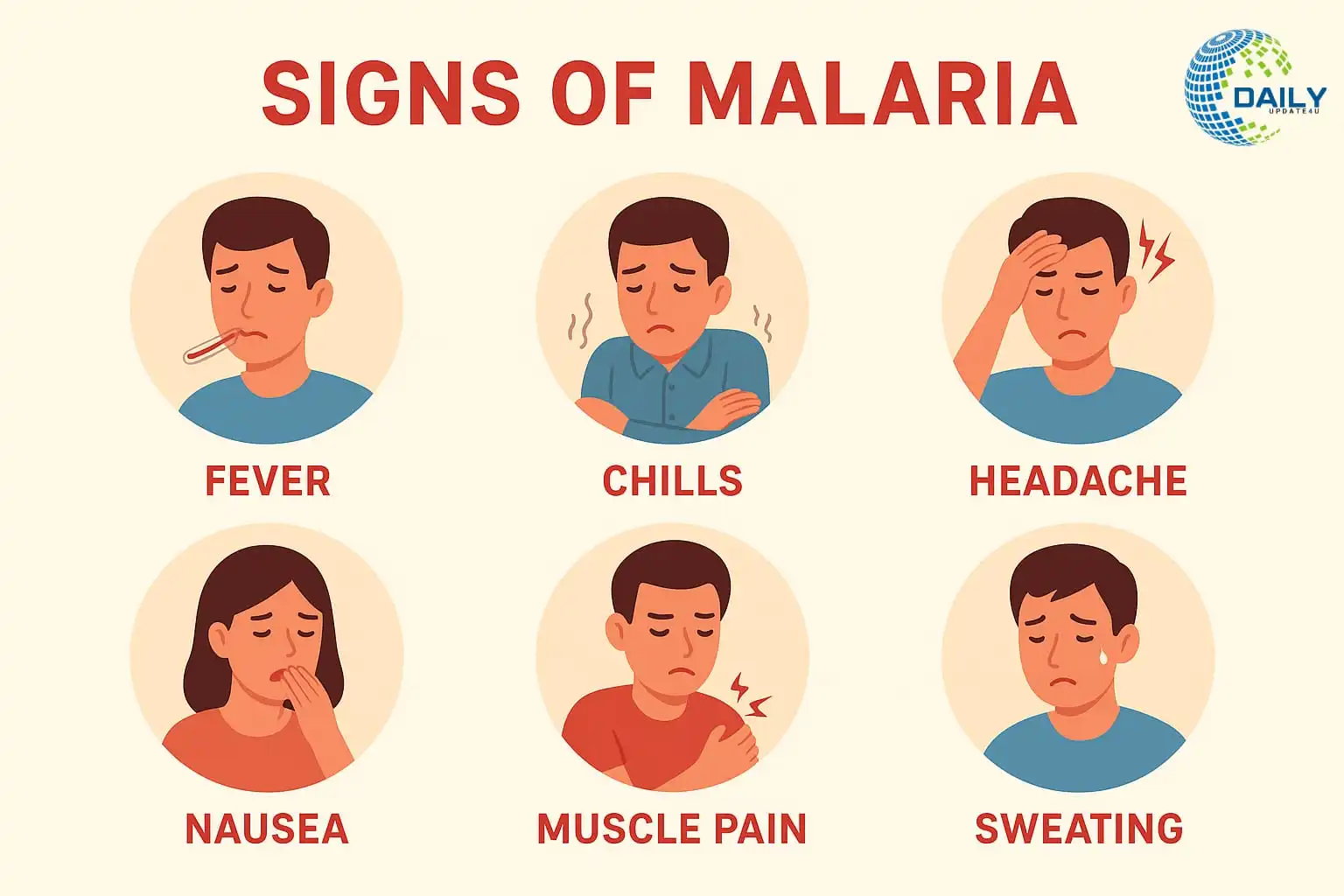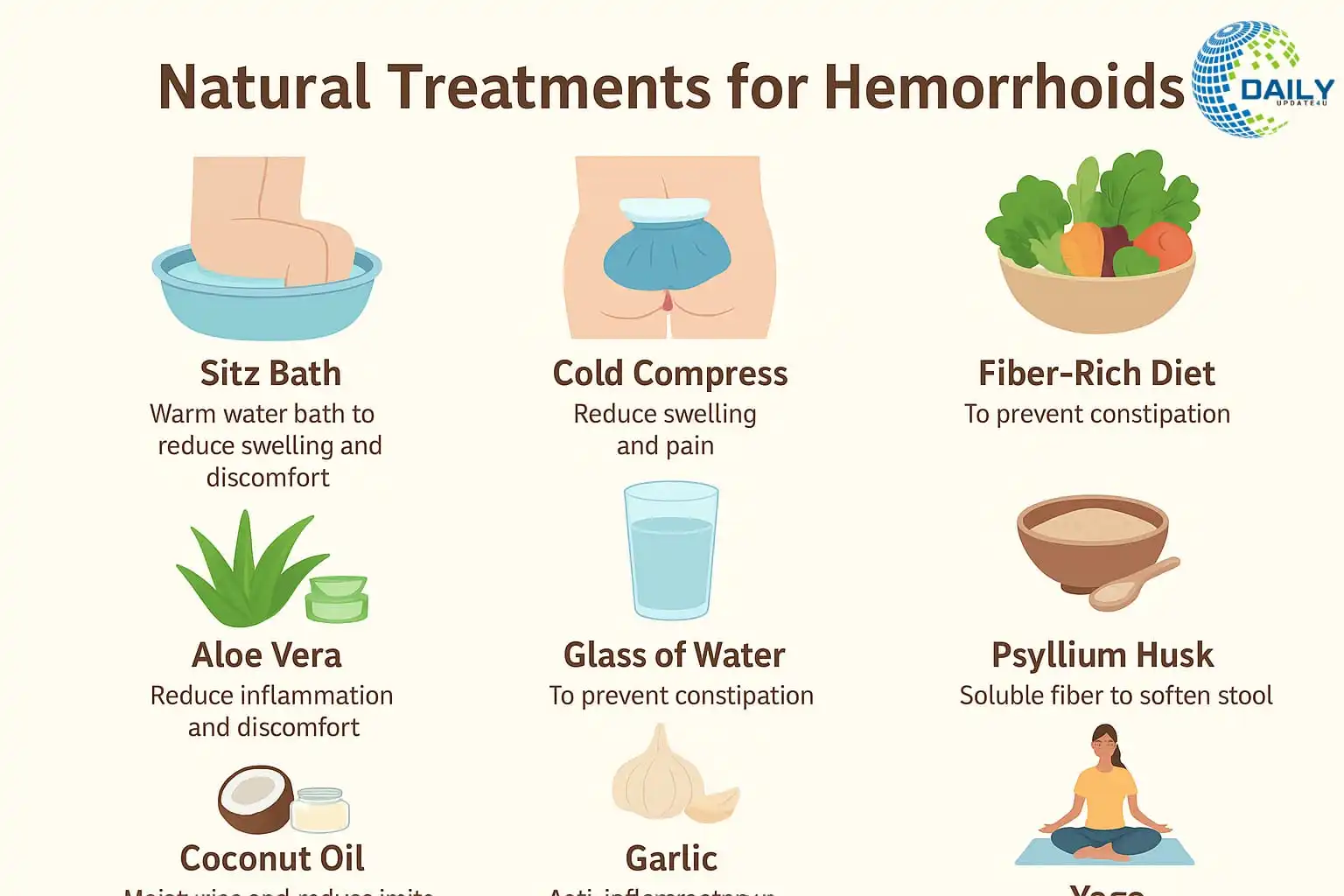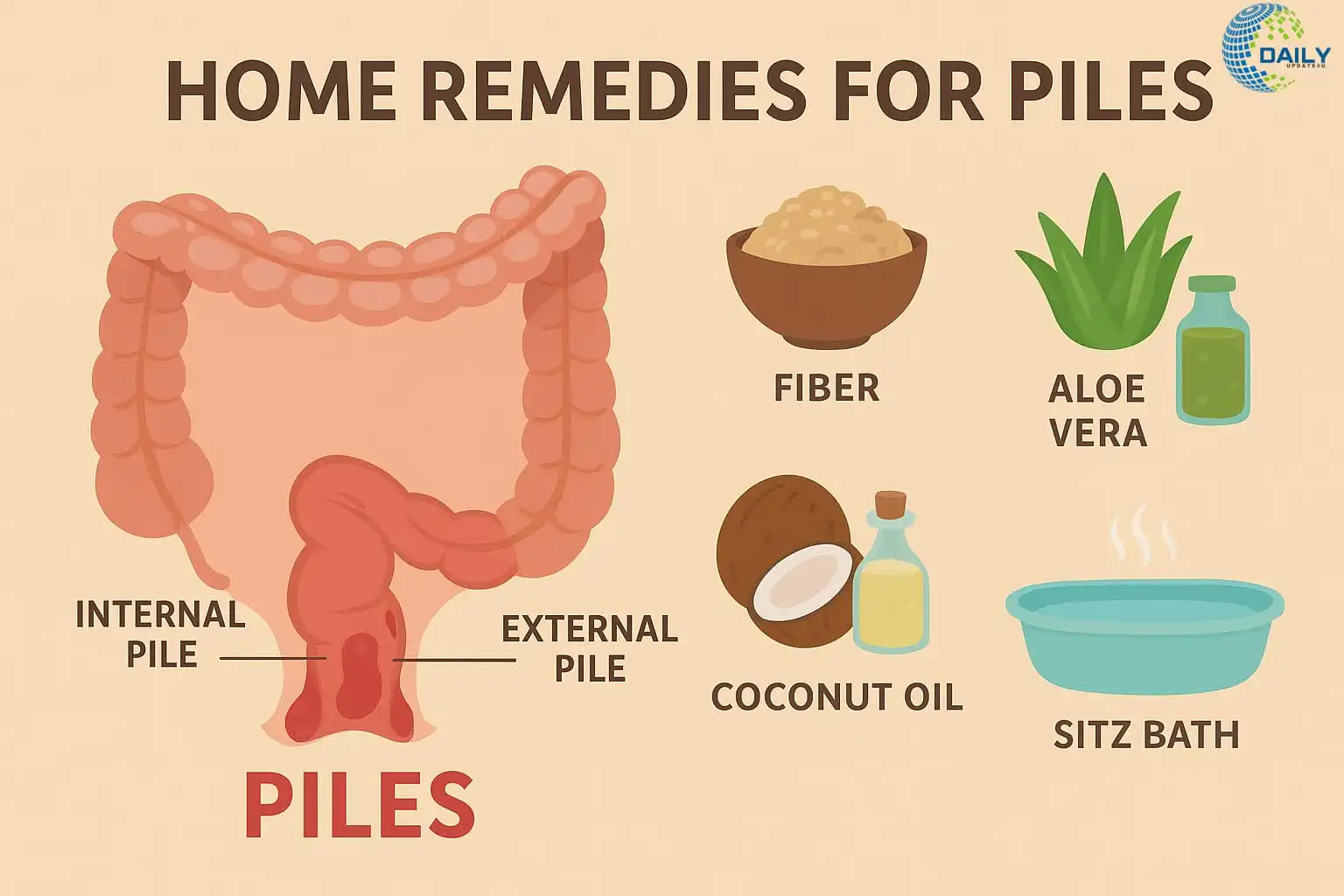
Malaria is an ancient and serious infectious disease, primarily spread by the bite of female Anopheles mosquitoes. The disease is widespread in many parts of the world, especially in tropical and subtropical regions. It is most prevalent during the rainy season and the following seasons.
Ignoring malaria can be dangerous, as it can be fatal if not treated promptly. In this blog, we will examine the symptoms of malaria in detail so that it can be identified and treated early.
➡What is malaria?
Malaria is a parasitic disease caused by a parasite called Plasmodium. This parasite enters the human bloodstream through mosquitoes and affects red blood cells.
➡Main parasites that cause malaria
✅ Plasmodium falciparum – the most dangerous type, the leading cause of death.
✅ Plasmodium vivax – Common in Asia and India, causing recurrent fever.
✅ Plasmodium malariae – Relatively less severe but lasting longer.
✅ Plasmodium ovale – Found in Africa and certain regions.
✅ Plasmodium knowlesi – Rare form spread from monkeys to humans.
➡How is malaria transmitted?
Malaria is transmitted through the bite of an infected female Anopheles mosquito.
Malaria is caused by blood transfusions that are contaminated.
Malaria is transmitted through contaminated needles/injections.
Malaria is transmitted from mother to child during pregnancy.
➡Common Symptoms of Malaria
The most prominent symptom of malaria is a cycle of fever, which recurs every few hours. Symptoms can be divided into three stages:
✅ Chills
Sudden shivering
Severe chills
Stop sweating
Feeling numb
✅ High fever
Fever reaching 102°F to 106°F
Severe headache
Body burning
Restlessness and irritability
✅ Sweating
Excessive sweating
Fever gradually subsiding
Feeling tired and weak
➡Other common symptoms of malaria
Severe headache
Vomiting and nausea
Muscle and joint pain
Extreme fatigue
Loss of appetite
Cough and difficulty breathing (in severe cases)
Anemia
Enlargement of the spleen and liver
➡By type of malaria Symptoms
✅ Plasmodium falciparum malaria
Very high and persistent fever
Severe anemia
Brain damage
Fainting and seizures
✅ Plasmodium vivax malaria
Fever every 48 hours
Clear cycles of chills and sweats
Weakness and repeated infections
✅ Plasmodium malariae malaria
Fever every 72 hours
Prolonged mild symptoms
Kidneys may be affected
✅ Plasmodium ovale malaria
Symptoms similar to vivax
Repeated infections
✅ Plasmodium knowlesi malaria
High fever
It can become severe very quickly
➡Symptoms of malaria in children
Constant crying and irritability
Refused to eat milk or food
Rapid breathing
Seizures
Lethargy or unconsciousness
➡Symptoms of malaria in pregnant women. Other Risks
Extreme Anemia
Miscarriage or Premature Delivery
Fetal Death
Low Birth Weight in Newborns
➡Differences Between Malaria Symptoms and Dengue/Viral Fever
Dengue – Rapid decrease in platelets, eye and body pain.
Viral Fever – Persistent fever, but no chills or sweats cycle.
Malaria – Fever cycles and subsides with sweats.
➡Diagnosis of Malaria
Blood Smear Test – Identifies the parasite through a blood test.
Rapid Diagnostic Test – Instant results.
CBC Test – To determine anemia and platelet count.
➡Treatment of Malaria
Chloroquine – For mild cases.
Artemisinin-Based Combination Therapy – For Falciparum Malaria.
Primaquine – To prevent relapse.
⚠ Note: Medications should always be taken only on the advice of a doctor.
➡Home Remedies for Malaria (As a Support Only)
Giloy Juice
Neem Leaves
Tulsi and Ginger Tea
Lemon Water
Getting Adequate Rest and Drinking Water
➡Malaria Prevention Measures
Mosquito Protection – Mosquito nets, coils, and sprays.
Do not allow water to accumulate around the house.
Wear full-sleeved clothing.
Follow government-run malaria control programs.
➡Serious Consequences of Malaria
Brain Effects – Fainting and seizures
Kidney Failure
Liver Failure
Sudden drop in blood pressure
Possibility of Death
➡Conclusion
Malaria is a dangerous but preventable disease. This disease can be controlled by correctly identifying its symptoms and promptly treating them. If someone experiences recurring fever cycles, accompanied by chills and sweats, they should get tested immediately and consult a good doctor.






